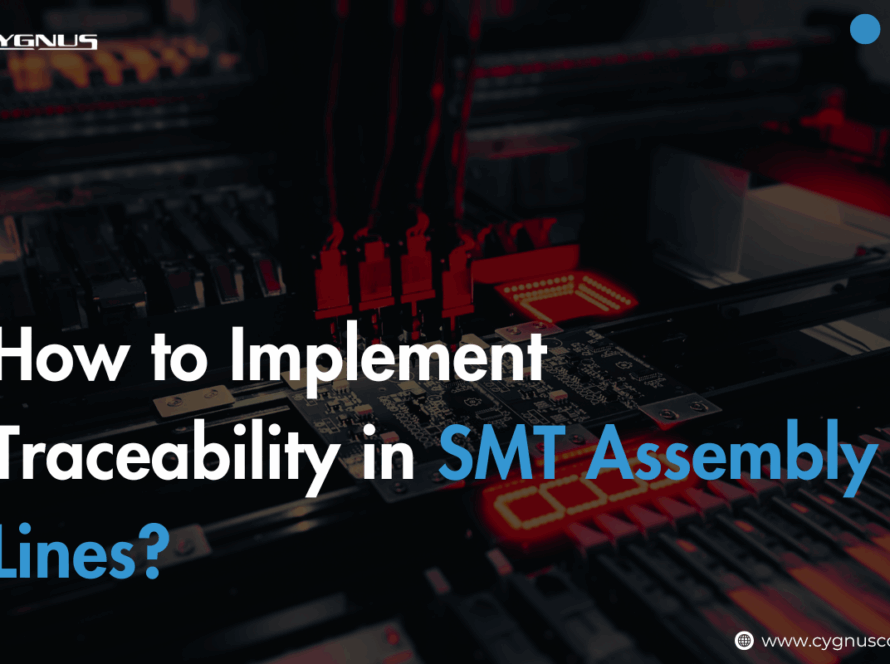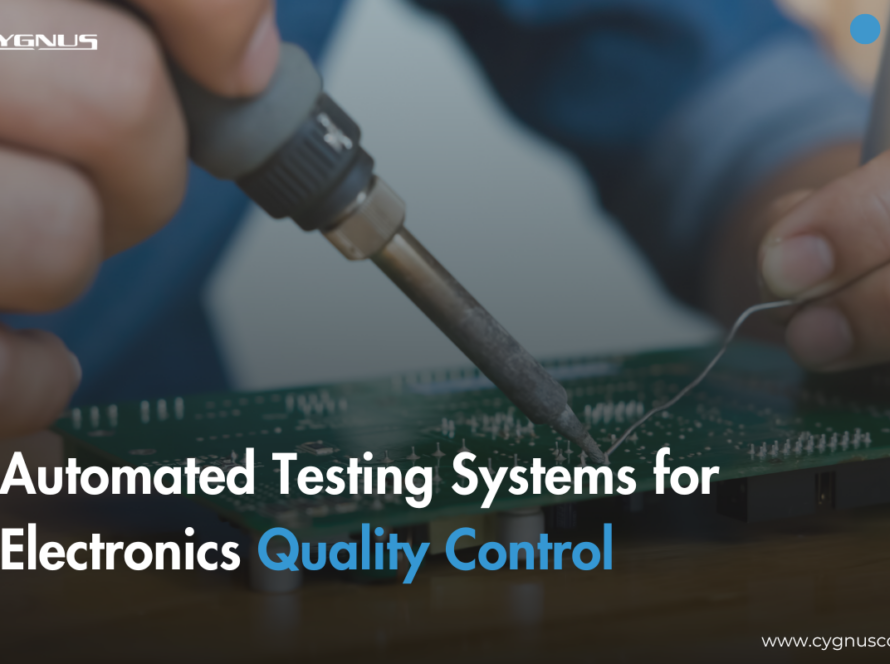Ever wonder how your smartphone, smartwatch, or even your smart fridge packs so much power into such a tiny space? The secret lies in a groundbreaking advancement called Surface Mount Technology (SMT). In electronics manufacturing landscape, where speed, precision, and miniaturization are everything, SMT has revolutionized the way circuit boards are built. By allowing ultra-small components to be mounted directly onto the surface of printed circuit boards (PCBs), SMT dramatically boosts PCB assembly efficiency—enabling faster production, smaller devices, and smarter tech. In this blog, we’ll explore what SMT is, how it works, and why it’s become the heartbeat of modern electronic innovation.
What is Surface Mount Technology (SMT)?
Surface Mount Technology (SMT) is a method for producing electronic circuits in which the components are mounted or placed directly onto the surface of a PCB. Unlike traditional through-hole technology (THT), where component leads go through holes drilled into the board, SMT components are soldered directly onto the board’s surface.
This technique is foundational in modern electronics because it allows for smaller, lighter, and more powerful devices. From smartphones to automotive control units, SMT has enabled massive advances in compactness and complexity.
The SMT Assembly Process — Step by Step:
Achieving high PCB assembly efficiency using SMT relies on a well-structured, automated process. Here are the key steps:
- PCB Design and Stencil Preparation
Engineers design the PCB layout, including pad locations and component footprints. A stencil is prepared for applying solder paste. - Solder Paste Application
Solder paste is applied to the board via the stencil on the areas where components will be placed. - Component Placement (Pick and Place)
High-speed pick-and-place machines mount surface mount components onto the paste-covered pads. - Reflow Soldering
The board passes through a reflow oven where the solder paste melts and bonds the components to the PCB. - Inspection and Quality Control
Automated Optical Inspection (AOI), X-ray machines, and functional testing verify correct placement and solder quality.
These fast PCB assembly methods reduce human intervention, boost accuracy, and improve consistency.
Key Ways SMT Increases PCB Assembly Efficiency
1. Higher Component Density:
One of the greatest SMT assembly benefits for PCB production is the ability to place more components per square inch. This increased component density means more functionality in a smaller footprint, ideal for compact electronic devices.
- SMT allows placement on both sides of the PCB.
- Enables advanced, multi-layer circuit designs.
2. Faster Assembly Speeds:
With fast PCB assembly methods like high-speed pick-and-place machines and automated reflow ovens, manufacturers achieve significantly faster production times.
- Components are placed at speeds of thousands per hour.
- Assembly lines operate with minimal manual input, drastically cutting down lead times.
3. Reduced Human Error and Defects
How SMT improves PCB manufacturing is evident in its reduced reliance on manual labor. Automation ensures consistent and accurate placement and soldering.
- Less variability leads to fewer reworks and defects.
- Reflow soldering creates reliable joints with fewer issues than hand soldering.
4. Lower Production Costs Over Time:
Though initial setup costs can be high, SMT drastically reduces long-term production costs, especially for high-volume projects.
- Reduced labor and faster throughput result in lower per-unit costs.
- Less material waste and rework save additional costs.
5. Compatibility with Modern Electronics:
Modern devices demand miniaturization and complexity that only SMT can meet. Whether it’s wearable technology or IoT sensors, SMT’s precision and scalability are unmatched.
- Essential for smartphones, medical devices, and aerospace electronics.
- Supports high-frequency, high-performance circuit designs.
SMT vs THT: A Quick Comparison:
Understanding SMT vs THT helps manufacturers choose the right method for specific applications:
| Feature | SMT | THT |
| Assembly Speed | Fast | Slow |
| Component Density | High | Low |
| Automation | Easy to automate | Labor-intensive |
| Reliability | High in low-vibration settings | Better for rugged environments |
| Cost | Lower for high-volume | Higher |
- Benefits of SMT over THT include better scalability and lower costs.
- THT is still used in high-stress environments like power supplies and military electronics.
Common Industries Benefiting from SMT
Numerous sectors rely on SMT PCB assembly for efficient production:
- Consumer Electronics: Phones, tablets, wearables
- Automotive: ECUs, sensors, infotainment systems
- Medical Devices: Portable monitors, diagnostic tools
- Industrial Automation: Robotics, control systems
- Telecommunications: Routers, base stations, network equipment
The benefits of SMT in these industries are clear: smaller designs, faster production, and improved reliability.
Challenges and Considerations in SMT:
While the advantages are significant, SMT is not without its challenges:
- Initial Investment: High setup costs for automation machinery.
- Thermal Sensitivity: Some components may be damaged by reflow heat.
- Design Complexity: Requires precise design for pad layout, trace routing, and thermal management.
Still, the SMT assembly benefits for PCB manufacturers outweigh these challenges in most modern applications.
Final Thoughts:
From enhanced speed and density to cost-effective scalability, Surface Mount Technology is transforming how electronic products are built. As demand for smarter, smaller, and more reliable devices grows, so does the reliance on SMT PCB assembly. With its numerous advantages, SMT continues to drive innovation and PCB assembly efficiency across industries.
For companies looking to adopt fast PCB assembly methods and scale production effectively, SMT is the go-to solution. The benefits of SMT are not just technical—they’re strategic.



